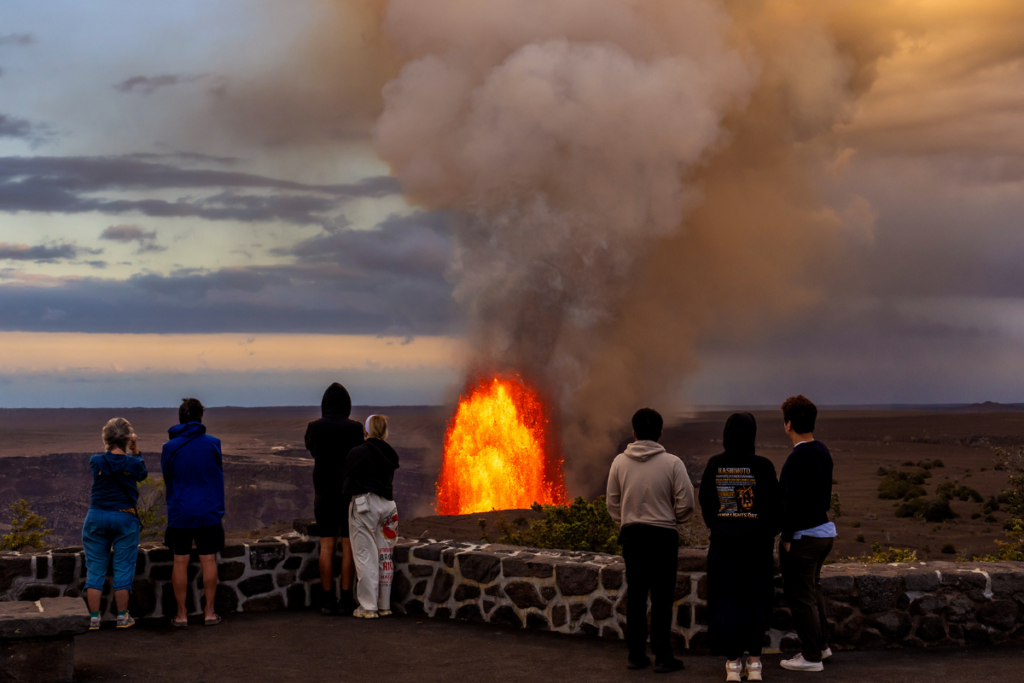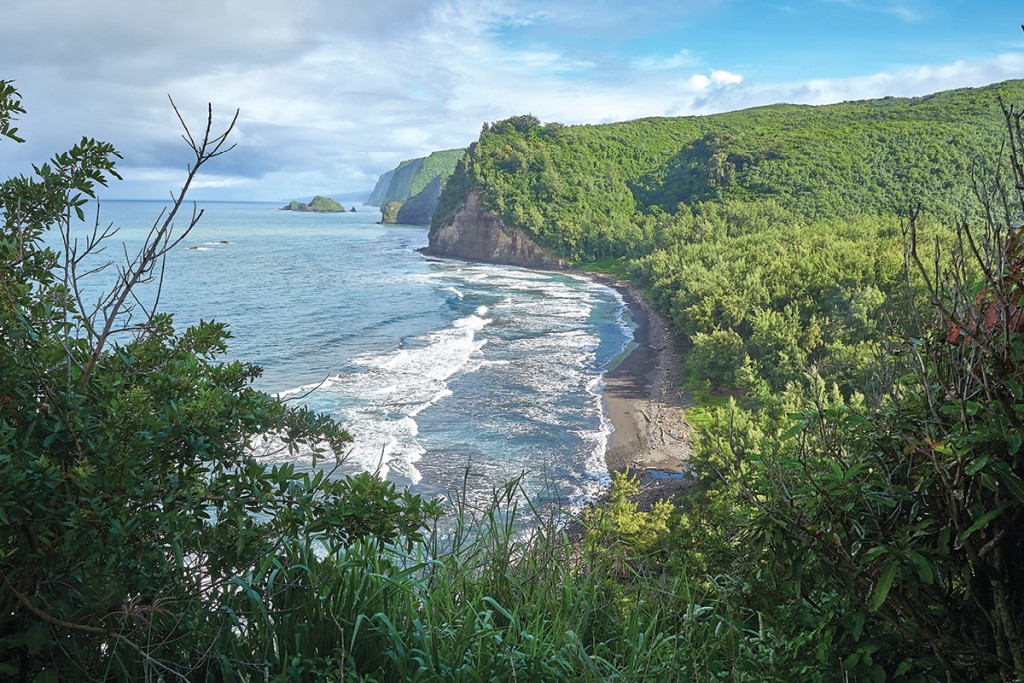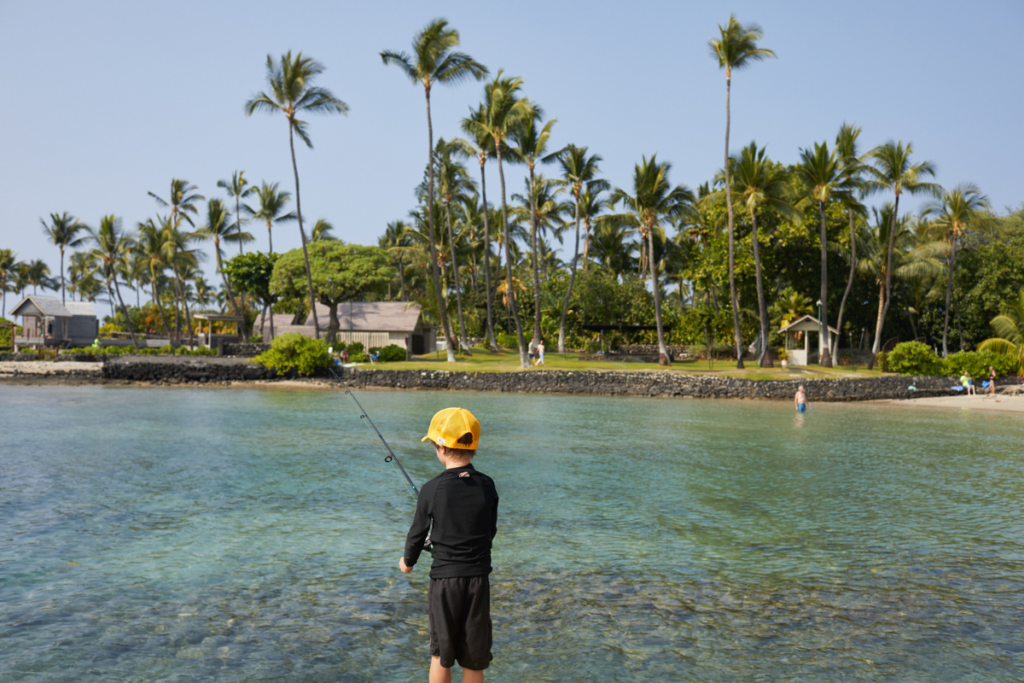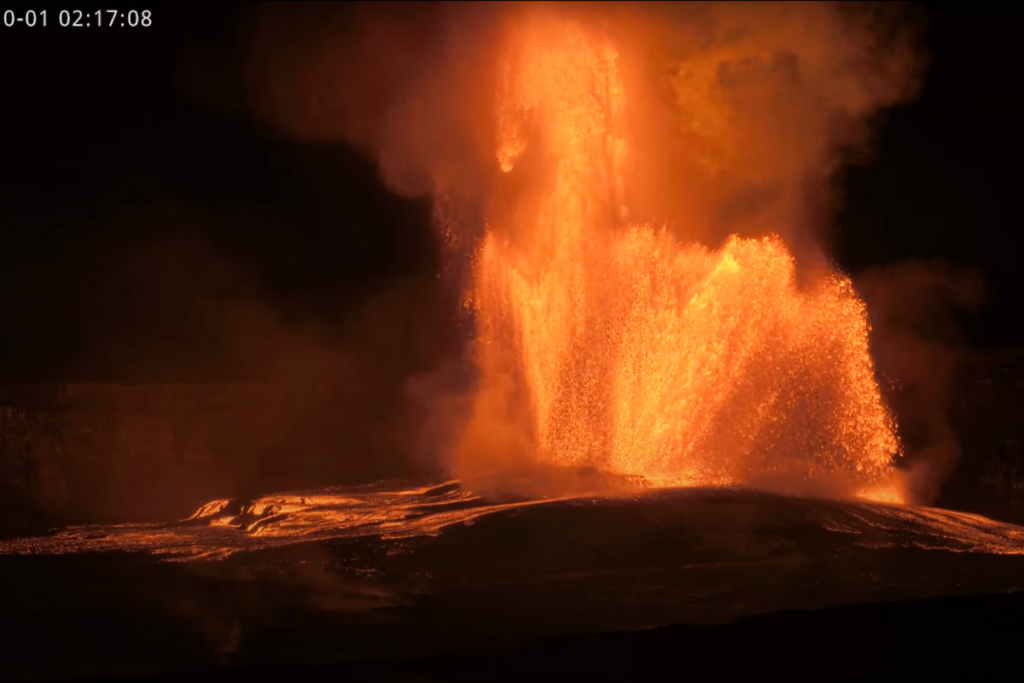Popular Kīlauea Summit Viewing Area Reopens in Hawaiʻi Volcanoes National Park
The Uēkahuna observation deck, the highest point on Kīlauea and steeped in history, reopened to the public after closing in 2018.

The Hawaiʻi National Park Service announced this week that the Uēkahuna observation deck in Hawaiʻi Volcanoes National Park reopened to the public. Located at the summit of Kīlauea, park visitors can look across the caldera to see Halemaʻumaʻu crater and also gaze up at Mauna Loa.
For generations, Uēkahuna has been revered by Native Hawaiians who were the first to observe and interpret the volcanic processes within Kaluapele (Kīlauea caldera). The area eventually became an important scientific site when Dr. Thomas A. Jaggar founded the Hawaiian Volcano Observatory in 1912.
“We are delighted to welcome everyone back to Uēkahuna,” said Hawaiʻi Volcanoes National Park Superintendent Rhonda Loh in a news release. “We deeply appreciate how understanding the community and park visitors have been during the construction process, and mahalo to those who provided feedback on the options.”
The area was closed in May 2018, following two large earthquakes, a destructive eruption and summit collapse that triggered thousands of smaller earthquakes over a four-month period. The park’s historic Jaggar Museum and two buildings used by the USGS Hawaiian Volcano Observatory were severely damaged. Deconstruction of the buildings began in April 2024, and the structures have since been removed.
The observation deck and its historic stone walls were left crumbling and fractured from the earthquakes but have now been repaired. Native shrubs, grasses and trees have been planted around Uēkahuna, and there is a new path connecting the observation deck to the Crater Rim Trail along the edge of the caldera. A historic stone bench was restored while several new benches that replicate the historic ones have been added.
Park officials say the restrooms and comfort station at Uēkahuna are projected to open later this summer, once the new water tank is complete and passes inspection.
An outline remains of the former Jaggar Museum, which includes stones from the original columns to commemorate the historic building. A new USGS Hawaiian Volcano Observatory field station is being built near the historic ballfield by the Kīlauea Military Camp, further away from the rim of the caldera.
The Hawaiʻi National Park Service announced the Jaggar Museum will not be rebuilt. Instead, the renovated Kīlauea Visitor Center will offer any services once available at the museum. The new visitor center is expected to reopen in the summer of 2026.
Visitors are required to stay behind the stone walls and barriers at Uēkahuna and everywhere else along the caldera rim for their safety. The edges along Kaluapele are steep and unstable, dropping 500 feet to the crater floor.
Since Dec. 23, 2024, volcanic activity at Kīlauea has been sporadic, with eruptions that can be as short as a few hours and pauses that can last several days or more. The current eruption has produced 23 episodes of lava fountaining, each separated by brief pauses in activitiy. These magnificent bursts of lava originate from the north vent and south vent within Halemaʻumaʻu crater.
Episode 23 began on May 25, 2025, and ended later that day. This episode was particularly dramatic as high lava fountains erupted from both vents. Lava fountains from the north vent reached more than 1,000 feet, while fountains from the south vent reached more than 800 feet.
Volcanic activity at Kīlauea is sporadic, with eruptions that can be as short as a few hours and pauses that can last several days or more. Check webcams and USGS volcano updates for current conditions.


